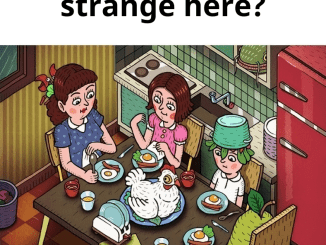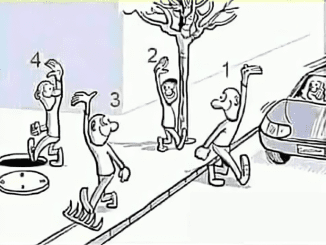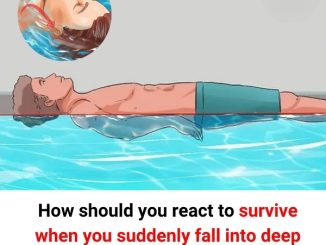At first glance, these two images look completely identical. A royal figure walks flanked by two bodyguards—what could possibly be different? But look again. There are three subtle differences hidden between the two versions of this cartoon. Your challenge is simple: Can you find all three?
Don’t scroll just yet. Take a moment, focus your attention, and see how many you can find before we break it down for you.
Why This Puzzle is Trickier Than It Looks

Spot-the-difference puzzles like this one are designed to test more than just eyesight—they challenge your attention to detail, pattern recognition, and visual memory. The biggest reason people miss the answers is because their brain automatically fills in the gaps. You “expect” both images to be the same, and that expectation clouds what you’re actually seeing.
Common mistakes people make when solving puzzles like this include:
- Scanning too quickly from left to right without comparing sections
- Only looking at faces or large shapes
- Ignoring small accessories or background details
- Getting overconfident after finding one or two changes
These puzzles aren’t just for fun—they sharpen how you see and think.
Let’s Solve It Together: Step-by-Step Analysis
Now that you’ve given it a try, let’s walk through each of the three differences in detail. All the correct answers are marked with blue circles in the left image.
Video : 🧠🧩Spot the 3 Differences | Puzzle Game
1. The Crown Jewel is Missing
Look at the top of the royal figure’s crown. In the left image, there’s a prominent blue jewel. In the right image—it’s gone. This small change is easy to miss because the crown’s red color remains dominant in both.
2. The Royal Figure’s Dress Design Changed
On the dress, there’s a blue oval-shaped belt or waistband across the midsection in the left image. It completely disappears in the right image. Since both outfits are red, your brain may have glossed over that detail entirely if you weren’t looking for inconsistencies in design.
3. The Left Bodyguard’s Wristwatch is Missing
Finally, check the left-most bodyguard. In the left image, he’s wearing a blue wristwatch. In the right image, it’s not there. This is one of those tiny, blink-and-you-miss-it changes that catches even seasoned puzzle solvers off guard.
Recap of All 3 Differences:
- Jewel on the crown is missing in the right image
- Blue belt/wrap on the royal figure’s dress is missing
- Left bodyguard’s blue wristwatch is missing

Why These Tiny Changes Are So Effective
What makes this kind of puzzle so fun—and sometimes frustrating—is that the changes are just subtle enough to blend in. That’s intentional. These tests train your eyes and brain to:
- Notice when something feels “off”
- Focus longer on small areas
- Stay patient under visual pressure
And best of all, they can be done anywhere—no tools needed, just your eyes and a few spare minutes.
Did You Spot All 3? Be Honest!
Now that you’ve seen the solution, how many did you catch on your own?
- If you got all 3 right away, congrats! You’ve got serious attention to detail.
- If you found 1 or 2, don’t worry—you’re in the majority.
- If you missed them all, just know that practice makes perfect. These puzzles train your brain the same way workouts train your body.
Video : 🐢🧩 Find 3 Differences | Find the Hidden Details 🧩🐢
Join the Fun—Leave a Comment Below
How many differences did you find before checking the answer? Drop your number in the comments. Did a particular detail stump you? Share your thoughts and challenge a friend to beat your score.
Tag someone who says they have “sharp eyes” and see how they hold up against this puzzle.
Conclusion: Keep Your Mind Sharp with Daily Visual Puzzles
Whether you nailed it or not, puzzles like this are a great way to engage your brain, pass the time, and improve your focus. They require nothing more than curiosity and a few spare moments—yet they train you to see more, think deeper, and stay mentally agile.
So keep challenging yourself. The next difference might be even harder to find—but with every puzzle you solve, you’re getting sharper and sharper.


